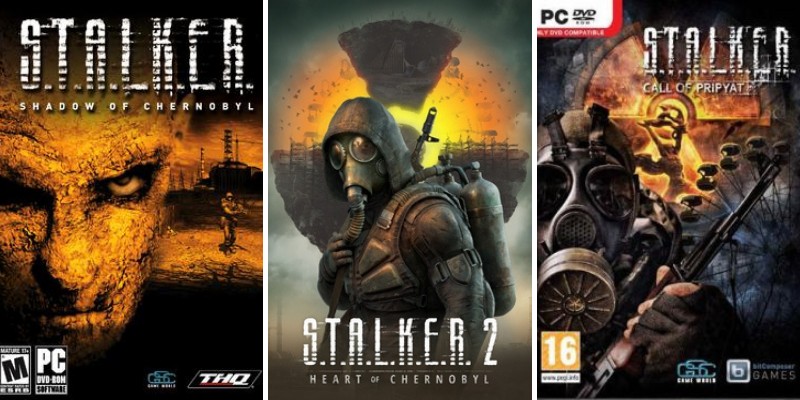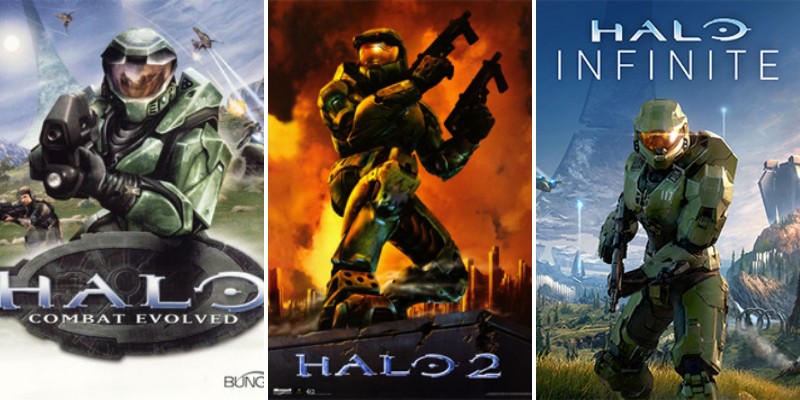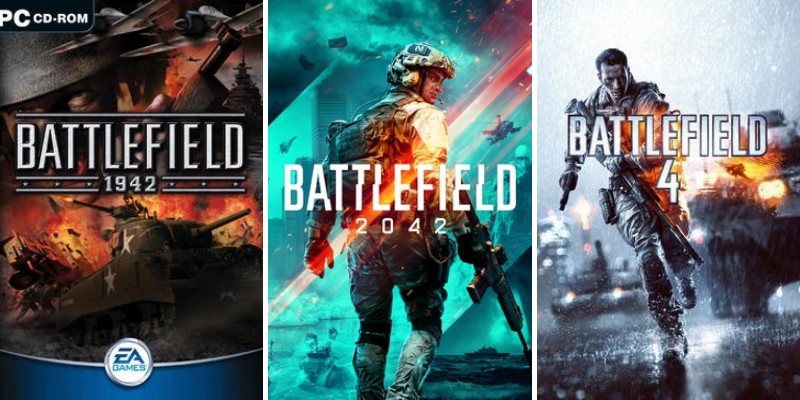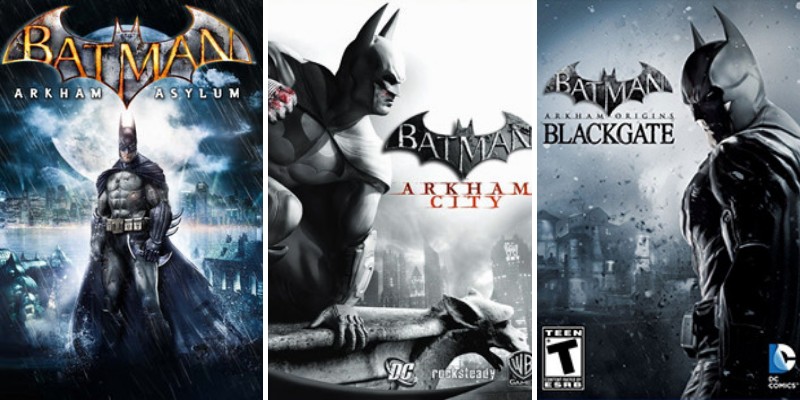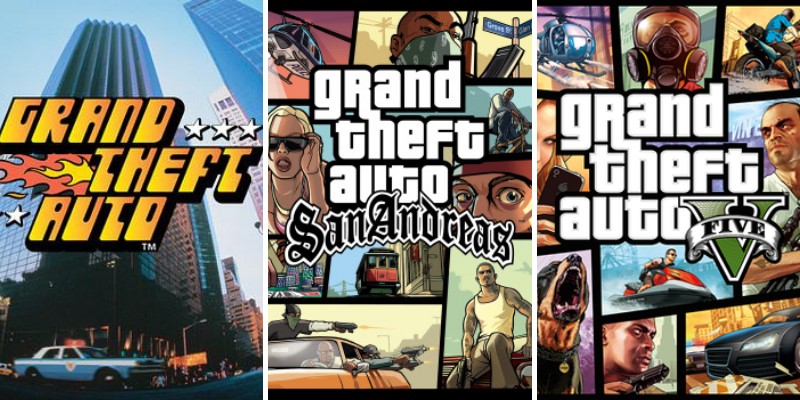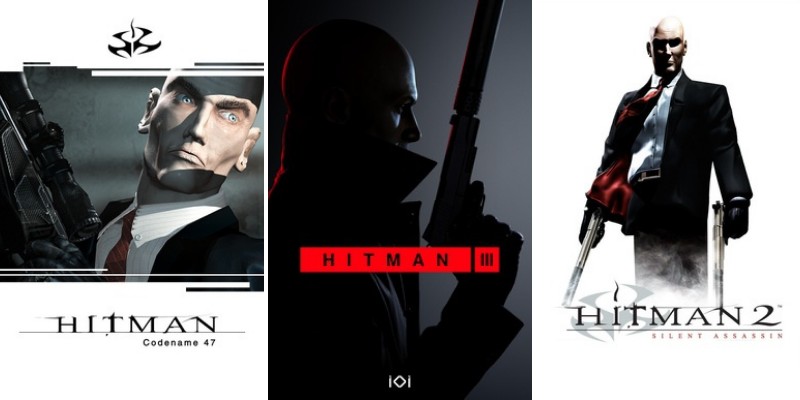Starting off as a mega-hit in Japan before making its way to North America, Monster Hunter is a series that flew under the radar until it hit it big.
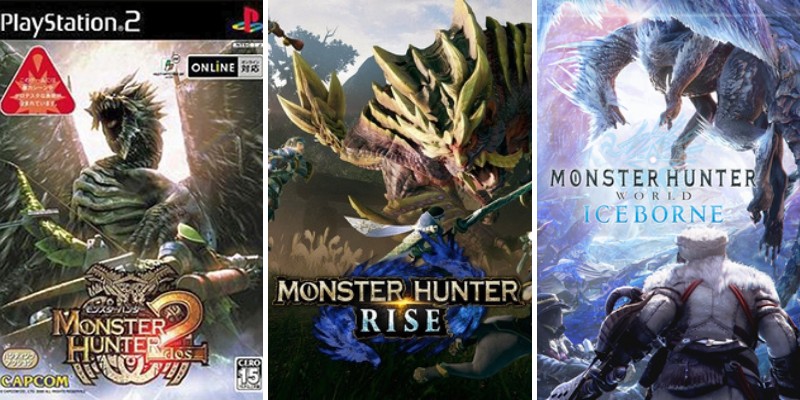
The relatively simple nature of the games belied systems that were deviously hard to master, the kind of systems that hardcore gamers love and that more casual players can get sucked into with ease.
The series has largely kept to its core premise over the years, but it’s easy to see how the games have evolved if you look at all of the series in chronological order.
So let’s list and describe all Monster Hunter games in order of chronological release (which is a good order to play the series as well).
1) Monster Hunter (2004)
Like so many other games that start off a series, it’s remarkably hard to see what makes Monster Hunter a special game.
After all, what it brings to the table is a host of features that would go on to be further refined in future games.
It’s remarkable, perhaps, that Monster Hunter feels like such a finished concept with its first entry. Though there’s a lot of evolution yet to go, this Playstation 2 exclusive would set a firm foundation for what comes next.
The first Monster Hunter game is all about the loop. Players can take one of two classes (each of which are divided into further sub-classes), and then take on quests given by one of a limited number of quest givers.
Success in these quests is largely dependent on crafting the right gear, which requires slaying the right monsters.
Players constantly find themselves hunting stronger monsters to get better gear to hunt stronger monsters – the core gameplay experience that would be at the heart of every future Monster Hunter game.
2) Monster Hunter 2 (2006)
Monster Hunter 2 is one of those sequels that doesn’t so much seek to reinvent the wheel as it looks to make it a bit smoother.
Another Playstation 2 exclusive, the game simply adds some new monster, some new weapons and armor, and some new ways to upgrade said weapons and armor. It’s not a particularly revolutionary game, but it simply did not have to be one in order to be a success.
What’s nice about Monster Hunter 2 is that it really proved that the Monster Hunter concept had legs.
It took everything that worked about the first game and filed away all of the rough edges, leaving behind a product that was simply better at what it wanted to be.
It would’ve been nice to see some kind of substantial difference between the first two games, but it’s definitely worth playing if you’re looking for more of the same.
3) Monster Hunter Tri (2009)
Monster Hunter Tri was the first Monster Hunter game to jump away from the Playstation consoles.
Since the Playstation 3 was notoriously expensive for developers, Capcom instead chose to work with Nintendo to release its third Monster Hunter game for the Nintendo Wii and 3DS.
With the jump to a new generation of consoles came some of the first real upgrades to the Monster Hunter formula.
Tri was notable for not only allowing players to upgrade their weapons and armor, but also the village from which their quests started.
This not only helped with the overall story of the game, but expanded the loop of the game’s core.
Players would now need to balance their characters’ progression with the need to build up their home village, which led to more meaningful choices in which quests would be taken and which monsters characters would attempt to hunt.
Tri was a generally well-received game that helped the Monster Hunter brand to further its legacy in the American market.
4) Monster Hunter 4 (2013)
Monster Hunter 4 is the first entry in the Monster Hunter franchise to only be available on a handheld platform. While most would see the move to the 3DS as something of a downgrade for the series, Monster Hunter 4 managed to be a fully-fledged hit and a major part of why the series stayed so successful.
The reason? Simply put, it proved that the core gameplay loop was what players really wanted.
While it’d be unfair to say that the series could compete in terms of scope or visuals with the later games in the series, Monster Hunter 4’s focus on story and its excellent monster hunting helped it to feel like a bigger game than it might have been.
With some work put into localizing it for western audiences as well as some clever use of the 3DS’s features, this managed to be the kind of game that would sell players on the system as well as on the Monster Hunter franchise.
5) Monster Hunter: World (2018)
It’s really hard to overstate how big of a game that Monster Hunter World was. While Monster Hunter itself was something of a niche success, it was this game that really brought Monster Hunter into the mainstream.
With releases on the PS4 and Xbox One as well as on Windows, this was absolutely the biggest release in the series’ history.
What’s odd about World is that it really isn’t bigger, it just feels that way. It’s still the same kind of core gameplay, but now with monsters that actually look and feel as grand as they were always intended to be.
Part of this is naturally the jump from a handheld to a major console, but the effort put into the artwork here makes this a game that could be enjoyed by anyone who was looking for a graphically impressive adventure.
6) Monster Hunter World: Iceborne (2019)
Capcom quickly followed up the success of 2018’s Monster Hunter World with an expansion, Iceborne.
While Capcom almost certainly could have gotten away with a simple snow-themed reskin of World, the truth is that Iceborne introduced enough new content to make it feel like an entirely separate game.
While on the surface this really is just the addition of a new, arctic area to the game, Iceborne added some new elements.
Players could now tame mounts for fast travel, make use of a grappling hook to grapple enemies, and use a host of new weapons and abilities in order to hunt.
The game even introduced some survival elements by requiring players to manage their characters’ body temperature by eating and and drinking as well as slowing them down when they were in snow. Iceborne worked as an excellent companion piece to its base game.
7) Monster Hunter Rise (2021)
2012 saw the release of Monster Hunter Rise for the Nintendo Switch and Windows. Once again, Monster Hunter would return to Nintendo as a new generation of console released and once again it made a few key changes to the formula of the game.
For the most part, Rise innovated by bringing in three new features. The first was the Wirebug, an item that was like the grappling hook from Iceborne but that also had some great new interactions with the game’s standard weapons.
Next were the Palamutes, dog-like companions that could help with travel as well as in combat. Finally, the game added a tower-defense mode that allowed players to work with NPCs in order to fight against invading monsters.
The additions feel like they came at the cost of some technical polish, but that doesn’t mean that they weren’t worth the inclusion.
8) Monster Hunter Stories 2: Wings of Ruin (2021)
A sequel to 2016’s mostly under-the-radar Monster Hunter Stories, Wings of Ruin was released on the Nintendo 3DS and mobile game platforms.
The game put players in the role of a Rider rather than a Monster Hunter and put a huge emphasis on role-playing and turn-based combat rather than the traditional gameplay loop of the games. With that said, the game also has what’s possibly the strongest story of the series.
It’s hard to look at this as a Monster Hunter game, though. It takes place in the same world, but it simply feels different. The title, perhaps, tells players everything they need to know – this isn’t Monster Hunter, but it’s a story in that same universe.
Image Sources
By Capcom – [1], Fair use, https://en.wikipedia.org/w/index.php?curid=65370535
By From Cdcovers.cc., Fair use, https://en.wikipedia.org/w/index.php?curid=17602718
By Capcom – https://asia.playstation.com/en-hk/games/2019/monster-hunter-world-iceborne/, Fair use, https://en.wikipedia.org/w/index.php?curid=64906223
